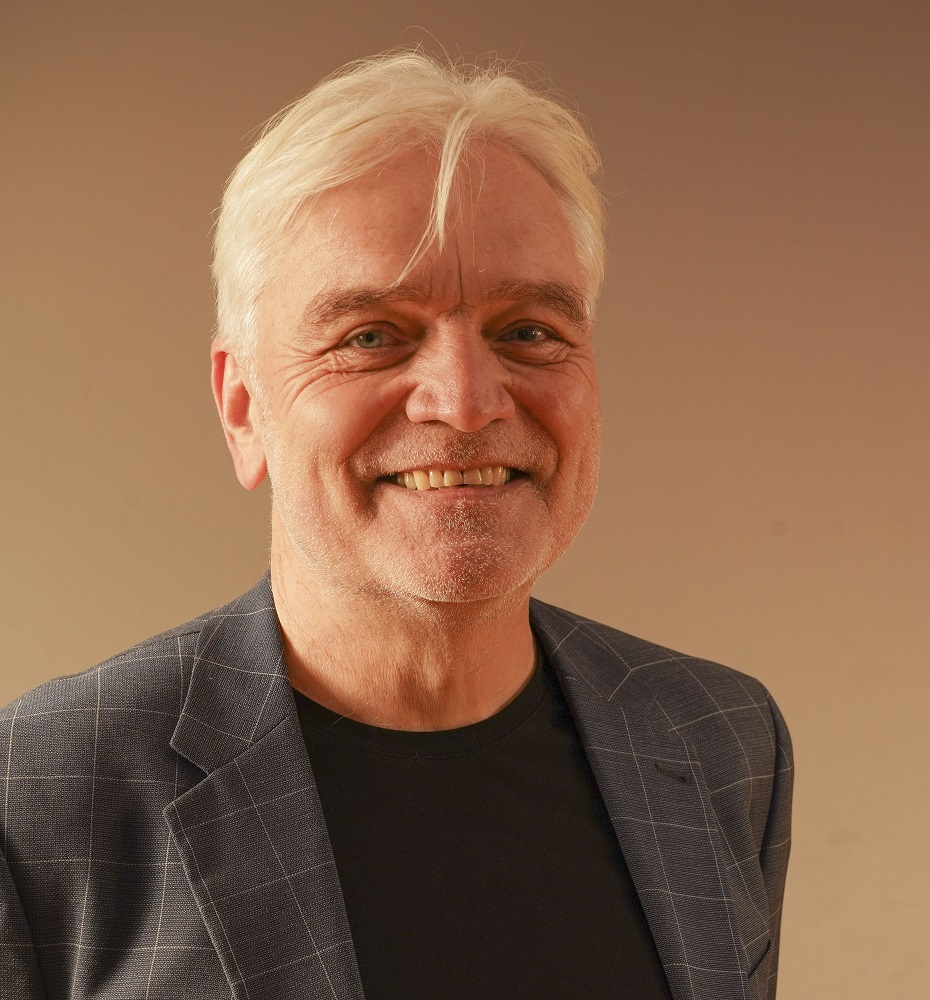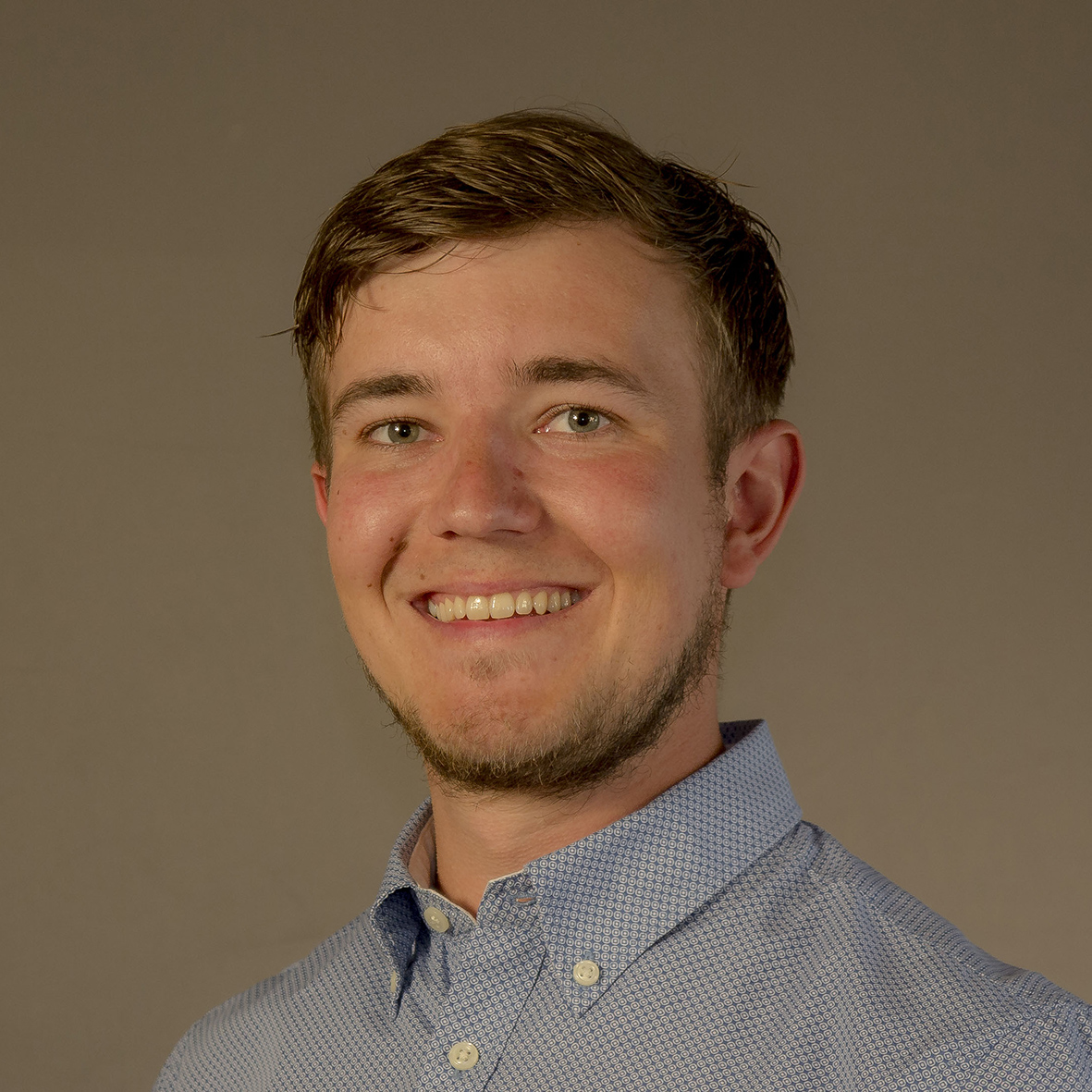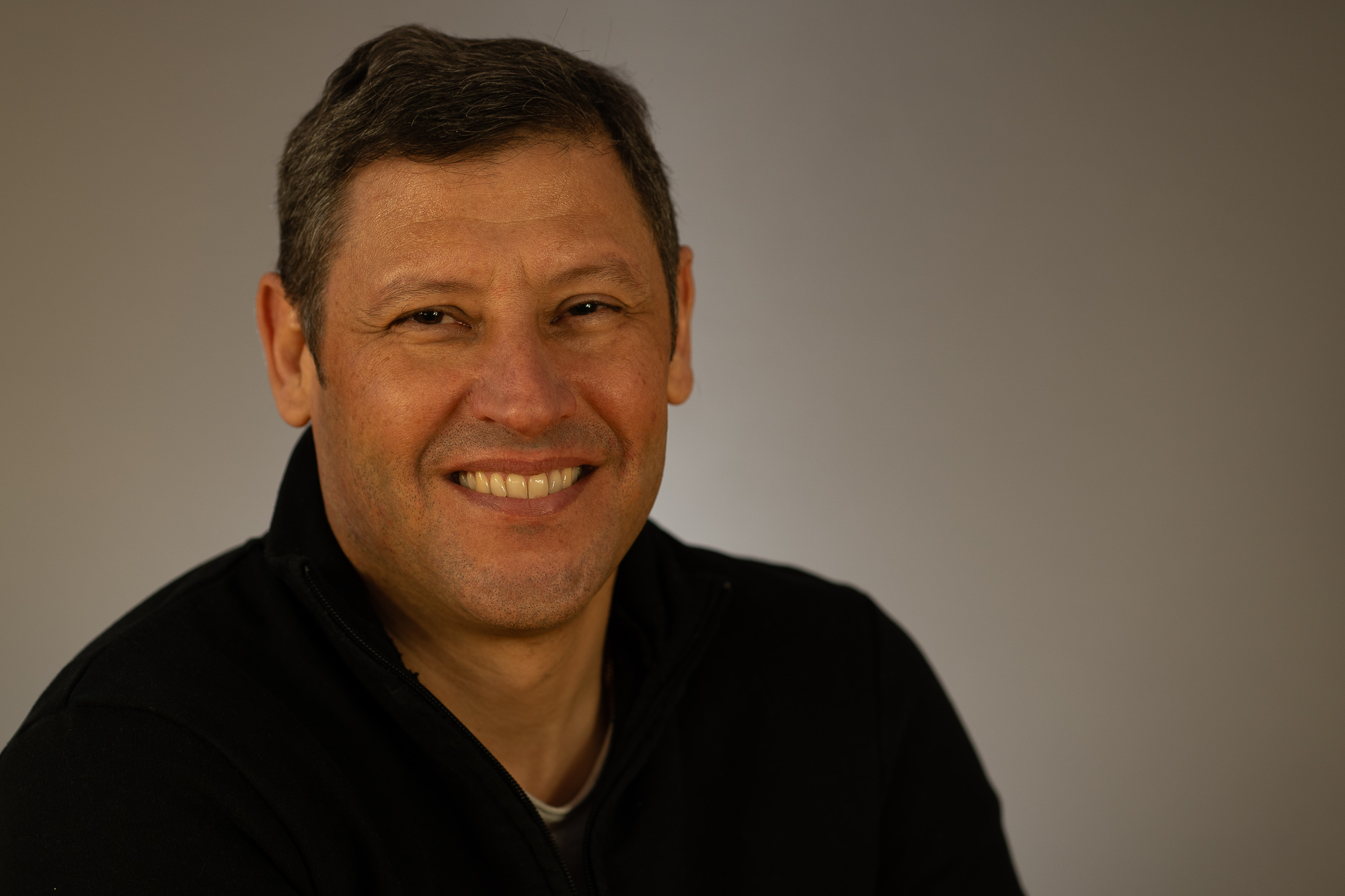Below is a list of the main objectives of the project applicants:
Research questions and objectives
The proposed project i) clearly focuses on short-term response of beneficial arthropods to the manipulative enhancement of perennial habitats in terms of newly established grasslands and ii) has a conservation background by searching for strategies to attenuate the current break down of biodiversity and ecosystem services in agricultural ecosystems.
In the proposed project the following questions are addressed:
1. Are newly established grasslands appropriate to increase species richness and abundance of common agrobiont predators and pollinators within and in the ambient agricultural land in a short term?
2. Do newly established grasslands serve as temporal feeding habitats and dispersal corridor for habitat specialists dispersing from semi-natural source habitats into the agricultural matrix, therewith expanding their operating range?
3. How do species specific traits (ie dependency on non-crop habitats, dispersal capacity and trophic level) affect temporal and spatial colonization patterns?
4. Do newly established grasslands significantly enhance ecosystem service efficacy of biological control and pollination in the ambient agricultural land in a short term?
5. How are biological control and pollination related to species richness and abundance of epigeic predators and pollinators?
Similar projects
2747: Salvere
Near-natural grassland as a resource to improve biodiversity
2009 - 2011, Krautzer Bernhard
3991: Agricultural Res.: Long-term fertilization experiments
Agricultural resources: long-term fertilization experiments
1995 - 2010, Pötsch Erich M.









